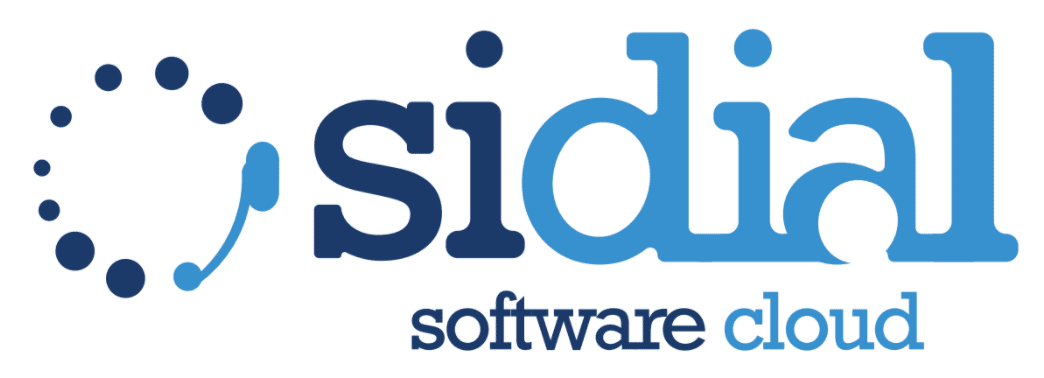Managing a call center is a complex task that requires strategy, technology, continuous training, and strong attention to the customer experience. However, even the most organized teams can make mistakes that affect service quality, agent productivity, and ultimately, customer satisfaction.
In this article, we’ll explore the most common mistakes in call center management, why they happen, and how to avoid them. Whether you work in a contact center or you’re a manager overseeing inbound or outbound teams, this guide will help you identify critical issues and improve operational efficiency.
Mistakes in Call Center Planning and Organization
One of the main causes of inefficiency in call centers is poorly structured management, often due to inadequate resource and task planning.
Overloading Agents
A recurring mistake is assigning agents more calls than they can realistically handle. This leads to stress and burnout, increased errors, lower interaction quality, and shorter call durations in a misguided attempt to “clear the queues.”
A well-managed call center must strike a balance between service level (SLA) and workload, using workforce management tools to plan shifts, flows, and peak times effectively.
Lack of Clear Goals
Another common error is failing to provide agents with clear instructions: What should they achieve on a call? What’s the priority KPI (first call resolution, average handle time, customer satisfaction)? Without clear goals, teams become disoriented, unmotivated, and directionless.
Mistakes in Staff Management
People are the beating heart of a call center. But when hiring, training, or supervision is neglected, the entire service suffers.
Inadequate Training
One of the most damaging mistakes is failing to invest sufficiently in agent training. Product knowledge, active listening, effective communication techniques, and objection handling are not innate skills—they must be taught and regularly refreshed.
Training should not be a one-time event but a continuous process, including practical sessions, role plays, and updates on new procedures or tools.
High Turnover and Low Motivation
Many call centers struggle with high turnover, often caused by an uninspiring work environment, limited growth opportunities, and ineffective top-down communication. The result? Loss of know-how, increased onboarding costs, and a persistent sense of instability within the team.
To prevent this, it’s crucial to create a positive environment that recognizes achievements, rewards results, and promotes a collaborative culture.
Technological Mistakes
Technology in a call center can be a powerful ally—or a serious obstacle. It all depends on how it is selected, implemented, and used.
Outdated Infrastructure
Using outdated software or rigid phone systems slows down response times, prevents CRM and digital tool integration, and limits automation capabilities. In an era where cloud-based call centers and VoIP software enable agile, scalable operations, clinging to obsolete technology is a strategic misstep.
Investing in modern solutions isn’t a luxury—it’s a necessity to ensure efficiency and competitiveness.
Lack of Tool Integration
One of the most invisible yet dangerous mistakes is poor integration between platforms. If the management system, CRM, phone platform, and customer portal don’t communicate, agents must switch between tools, slowing down every task.
This not only hampers efficiency but increases the risk of manual errors and degrades the customer experience.
Mistakes in Customer Interaction
Call centers exist to support, sell, and inform. Everything revolves around the customer relationship, yet this is where some of the worst mistakes happen.
Excessive Wait Times
Nobody likes to wait. Long wait times are a leading cause of call abandonment and customer dissatisfaction. This issue often stems from poor staff distribution across shifts or from overly long initial scripts.
A well-configured IVR system, smart routing, and constant peak analysis can help resolve this problem.
Lack of Empathetic Communication
Responding mechanically and without empathy can make even the most technically correct answer… unappealing. Customers don’t just want a solution—they want to feel heard, understood, and reassured.
Emotional communication training is just as important as technical training, especially for inbound agents who often deal with sensitive or problematic situations.
Mistakes in Quality and Monitoring Processes
A successful call center is a constantly evolving organism. But without monitoring and control systems, improvement is impossible.
Unreliable Metrics
A common mistake is relying on misleading or outdated metrics. Measuring only average call duration or number of calls handled can lead to the wrong conclusions. Instead, integrate more meaningful KPIs like:
- Customer Satisfaction Score (CSAT)
- Net Promoter Score (NPS)
- First Call Resolution (FCR)
- Average Speed of Answer (ASA)
- Call Abandonment Rate
Ignoring Feedback
Collecting feedback from customers or agents is only valuable if it’s actually analyzed and used to implement changes. Ignoring signs of discomfort, requests for improvement, or constructive criticism is a mistake that leads to stagnation.
A successful call center is a dynamic environment where feedback is valued as a key growth driver.
Mistakes in Managing Multichannel Flows
Today’s customers don’t just use the phone—they use chat, email, social media, apps. Yet many call centers are unprepared for this complexity.
Poorly Managed Digital Channels
Underestimating or ignoring digital channels is a strategic mistake. More and more users prefer to start a chat rather than make a call, or they seek answers via company social media.
A modern call center must evolve into a true omnichannel contact center, where each channel is consistently managed and monitored, offering quick and traceable responses.
Lack of a Unified Customer View
Another common mistake is not giving agents a complete view of the customer. If a user opens a support ticket via email and then calls, the agent should see that immediately. Instead, they often start from scratch, creating frustration.
A well-integrated CRM is essential to ensure consistency and continuity in communication.
How to Avoid These Mistakes and Improve Your Call Center
Avoiding the most common call center management mistakes isn’t just about fixing what’s broken—it’s about investing in tools that simplify daily work, enhance agent performance, and improve the customer experience.
If you’re serious about making a real leap forward, consider advanced technological solutions that help you manage inbound and outbound flows, track every interaction, and monitor KPIs in real time.
Request a free demo of SiDial, the professional software for inbound and outbound call centers—designed for those who want more control, better performance, and real results.

